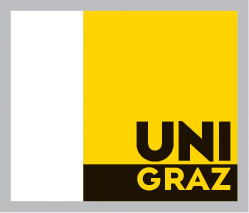Ingredients:
- aphel (apple)
- ayr (chicken egg)
- saluei (common sage)
- visch (fish)
- greten (fish bone)
- federen (fish fin)
- ysop (hyssop)
- hecht (northern pike)
- haupp (northern pike head)
- haut (northern pike skin)
- czagel (northern pike tail)
- petersil (parsley)
- pertram (pellitory)
- abruten (southernwood)
- gwuercz (spice)
- vuel (stuffing)
Tools:
- roest (grate)
- messer (knife)
- schindel (roof shingle)
- vaden (thread)
Categories:
Main ingredient: fishPreparation: roastType: -Von einem gefulten hecht NIm ain hecht des auf ain essen genueg sey vnd sneid Im das haupp ab vncz hinden an rukk vnd nym ain schindel vnd sneid die als langkch als den hecht [2v] Vnd ledig In von der haut gancz vnd prich der haut nicht wann der hecht nu ledig ist das die federen vnd der czagel an der haut beleibem vnd loez In mit ainem messer auf dem rukk vnd den czagel so wirt der visch ledig vnd tue den visch heraus nym den visch vnd loes In von den greten vnd loes die haut ligen vnd hakch den visch chlain vnd nym ander visch dorczue das du In wider vvlst vnd solt das mit gwuercz abmachen so wirt es wolgesmach so solt haben ysop pertram abruten muest darczue haben ein saluei vnd ain petersil vnd hakch das an die visch vnd fuell es wider in die haut das haist ein mayen hecht ist nicht ein vastag so slach ayr daran ist dann ain vastag so hakch ain aphel daran secz das haupp wider an vnd secz zue mit ainem vaden so wirt der hecht gancz nu nym der selbn vuel in die oerwenglein die oerwenglen sullen schoen sein gwaschn do solt tu die fuell in tuen In das haubt vnd In den mund vnd leg In auf ainn roest vnd prat In sauber vnd ver prenn In nicht oder er wirt enbicht


